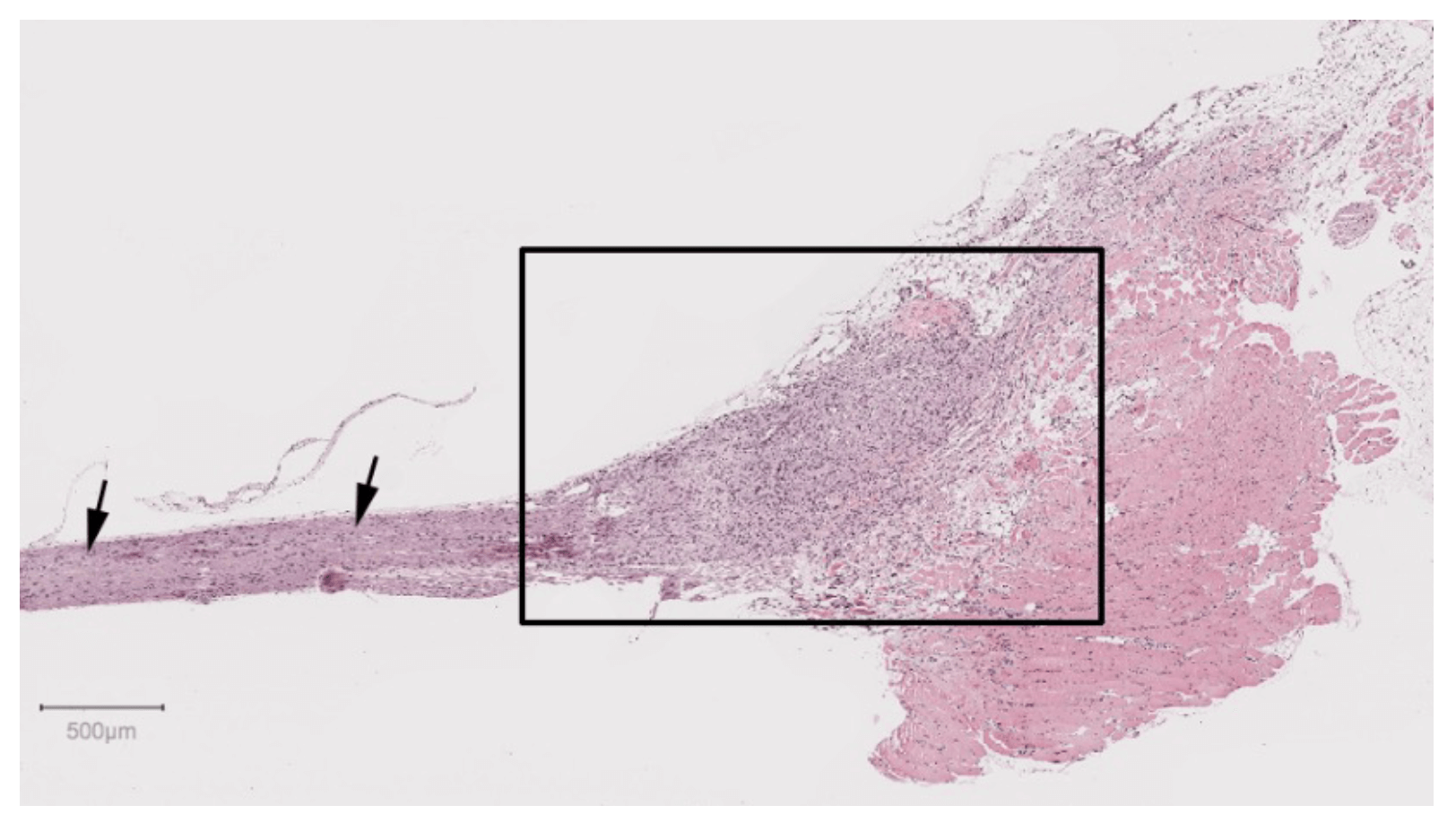Behavior
Conduct extensive pain, sensory, motor, and cognitive behavioral testing.
Neuroma results from hypercellular and proliferative outgrowth following a nerve injury, such as crush, stretch, or transection. In many cases, the blood-nerve barrier is disrupted leading to allodynia or an increased response of nerves and pain sensitization, causing a pain response from stimuli that doesn't normally provoke pain.
Models of nerve injury are useful in evaluating compound effects on nerve regeneration. The stretch model is a model of nerve injury that involves a later onset of functional recovery compared to the crush model. Neuroma develops at day 54.
The Spared Nerve Injury (SNI) model is a partial denervation model, in which the common peroneal and tibial nerves are injured, producing consistent and reproducible tactile hypersensitivity in the skin territory of the spared, intact sural nerve. It is commonly used to study neuroma that forms at 28 days following surgery.
While rodent models are useful for the study of neuropathic pain, they do not accurately mimic the distal surface symptomatic neuroma. These models are also limited to rodents, which restricts research to pharmacology. The development of a large animal model for neuroma in the pig opens the opportunity for development of device technology and surgical-related concepts.

Histology from the Spared Nerve Injury model (SNI). Composite photo of a nerve (arrows on left) becoming a neuroma (boxed and shown below) which grows into the surrounding soft tissue.

The figure shows body load distribution in the symptomatic neuroma pig model. Two months after surgery, pigs carry more weight on the intact hind leg compared to the operated hind leg.
EXPLORE RESOURCESMD Biosciences offers comprehensive in vivo measures and endpoint assessments, delivering robust data packages to support critical research decisions in the evolving landscape of drug development and biomedical research.

Conduct extensive pain, sensory, motor, and cognitive behavioral testing.
Explore inflammatory and pain biomarkers in disease-specific tissues.
Characterize tissue and cellular changes in disease, pain, and neurodegeneration.
Measure motor and sensory evoked potentials to assess disease progression and pain.